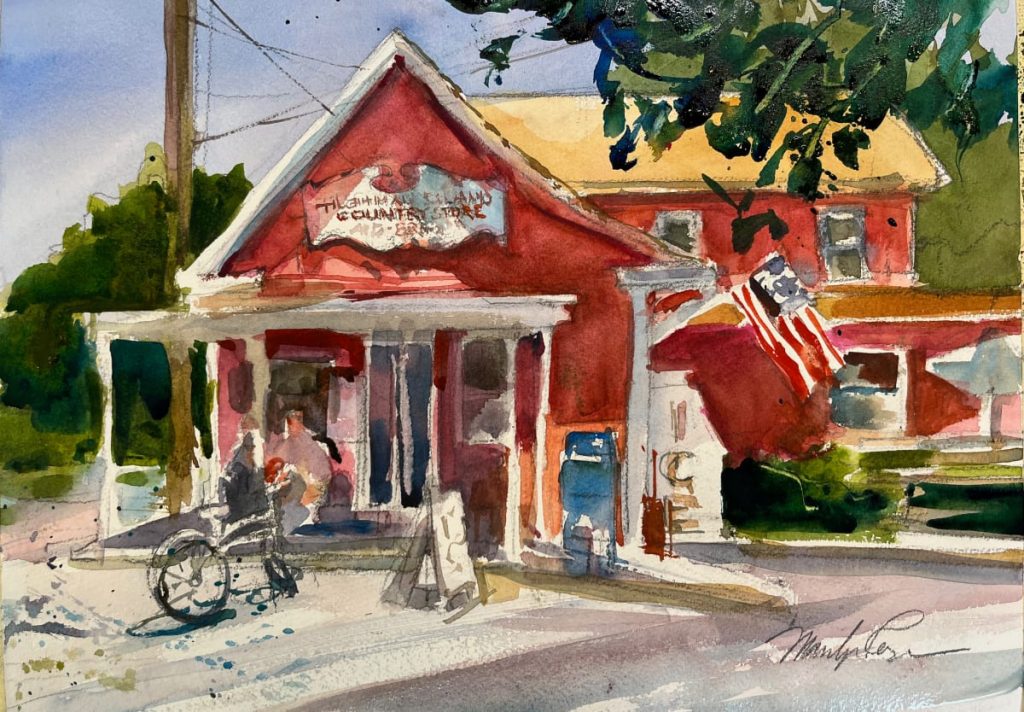Historical novelist Catherine Delors provides some information about the fate of the French crown jewels, particularly a certain famous diamond. Madame Delors has thoroughly researched the French royal family and the Revolution. It is well-known that Marie-Antoinette had a fondness for diamonds, although she never even thought of purchasing Boehmer's necklace of the scandal; she preferred the money to be spent on ships for the French navy. The diamond necklace was not to her taste, anyway, which tended towards light, aerial creations.
In the famous ensemble painting by Elisabeth Vigée-Lebrun, the queen is shown wearing only a few pearls, while sitting near the jewel cabinet. The symbolism of this has been discussed by J.M. Charles-Roux and by some art historians. It was to emphasize that for Marie-Antoinette her children were her true jewels. When the painting was begun in 1786, the queen was expecting baby Sophie; the gown she is wearing is a maternity gown, as can be seen by the open and adjustable front. The emphasis of the painting was supposed to be the other children getting the cradle ready for the new baby. However, by the time the picture was completed in 1788, little Sophie had been born and had died. Hence, the cradle is shrouded in mourning cloth.
After the death of her oldest son Louis-Joseph, Marie-Antoinette had the image hidden away; she could not bear the sight of it. Nevertheless, it was considered a highly accurate likeness of her. Louis XVI declared to the artist when first gazing at the portrait of his wife and children: "I do not understand much about painting, but you make me love it."
Share





































